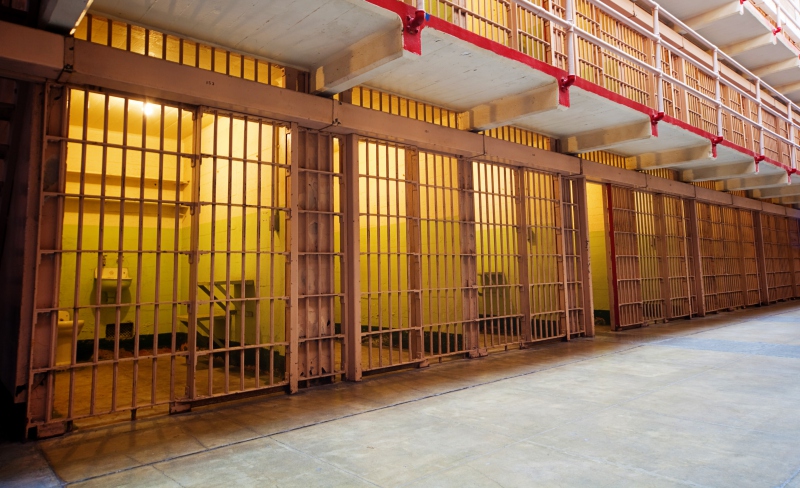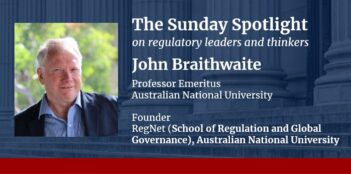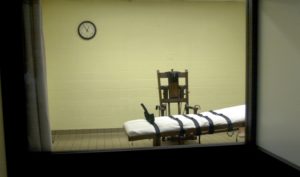
The Biden Administration is expected to withdraw last-minute Trump Administration death penalty regulation.
For the last 57 years, whenever the federal government executed a criminal defendant, it did so via lethal injection. And after 1993, regulation required the federal government only execute people via lethal injection. Now, under a federal regulation adopted at the end of the Trump Administration, the federal government can execute individuals on death row via less common, if not archaic, methods, such as hanging, the electric chair, lethal gas, or even a firing squad.
But President Joseph R. Biden’s public opposition to the death penalty and the U.S. Attorney General’s recent announcement pausing all federal executions until the U.S. Department of Justice can review its policies, means the Trump Administration’s rule could soon change.
The Federal Death Penalty Act requires that federal executions be carried out according to the law of the state the sentence is levied in. Twenty-seven states permit death penalty sentences. Of the states that allow the death penalty, all of them allow death by lethal injection. Eight allow death by electrocution, seven by lethal gas, two by hanging, and three by firing squad.
If the state in which the person is on death row for a federal crime does not permit the death penalty, then the federal government may choose another state that allows the death penalty to carry out the execution.
Although most states that allow the death penalty primarily use lethal injection, it is possible that states might eliminate lethal injection as a means of execution or choose another means, such as firing squad, as the sole method for execution. In those situations, the previous 1993 regulation, which authorized federal executions only by lethal injection, previously barred the federal government from executing people in that state. For instance, if Indiana mandated electrocution as the only method of execution, then the federal government would have been unable to execute people in that state and would have to move that person to a different state to carry out the death penalty.
To overcome this bar, the Justice Department issued a new rule in November 2020 that provides the federal government with “greater flexibility to conduct executions” by not compelling a specific method for execution. Since several states allow the use of the electric chair, lethal gas, hanging, and firing squads, the federal government can now also use these methods to carry out an execution in those states.
The rule also seeks to “eliminate redundancies” in the 1993 regulation by removing requirements to file a judgment and execution order with a sentencing court before execution. Furthermore, the rule expands decision-making authority for federal executions beyond the warden of the institution where the execution happens to the director of the Federal Bureau of Prisons or his designee.
Opponents of the 2020 rule critiqued both the content and the timing of the rule, which was issued on an expedited process less than two months before President Donald J. Trump’s presidential term ended. For instance, Stephen Vladeck, professor at the University of Texas at Austin School of Law, reportedly called the action “gruesome,” arguing that it made it feasible “to execute as many federal prisoners” as possible before the President’s term was over.
The Trump Administration executed 13 people between July 2020 and January 2021—the first federal executions in almost two decades and the most of any sitting President. The Justice Department stated that it “owed it to the victims and their families to carry forward the sentence imposed by our justice system.”
President Trump also took other actions during his presidency to strengthen the federal government’s use of the death penalty.
In 2019 the Justice Department issued a memo indicating that the U.S. Food and Drug Administration (FDA) lacks jurisdiction to regulate lethal injection drugs. The Justice Department reasoned that FDA, tasked with ensuring the safety of drugs, cannot regulate lethal injections given their inherently unsafe purpose. Removing FDA’s jurisdiction of the drug means that it cannot ban it, which increases the likelihood of continued access to lethal injection drugs.
Around the same time, the Justice Department directed the Bureau of Prisons to modify its federal execution protocol. Previously, lethal injection drugs required a three-drug cocktail. With the directed change, however, federal executors only need to use one drug, making it easier to obtain the drugs and administer lethal injections.
Legislators and anti-death penalty advocates have pushed President Biden to support proposed legislation that would eliminate the federal death penalty. Although legislative action may be more difficult since it would require bipartisan support in an increasingly polarized U.S. Congress, President Biden can take other action. For instance, the Biden Administration might walk back Trump-era regulations that made it easier to gain access to lethal injection drugs and authorized the use of other methods of federal executions.
Experts have been expecting President Biden to take action to make good on his promise to eliminate the federal death penalty. Yet his Administration frustrated anti-death penalty advocates when it instead requested that the U.S. Supreme Court reinstate the death penalty for the Boston Marathon bomber. President Biden’s recent moratorium on federal executions, however, could be the first step the Biden Administration takes to forestall or eliminate federal executions.



